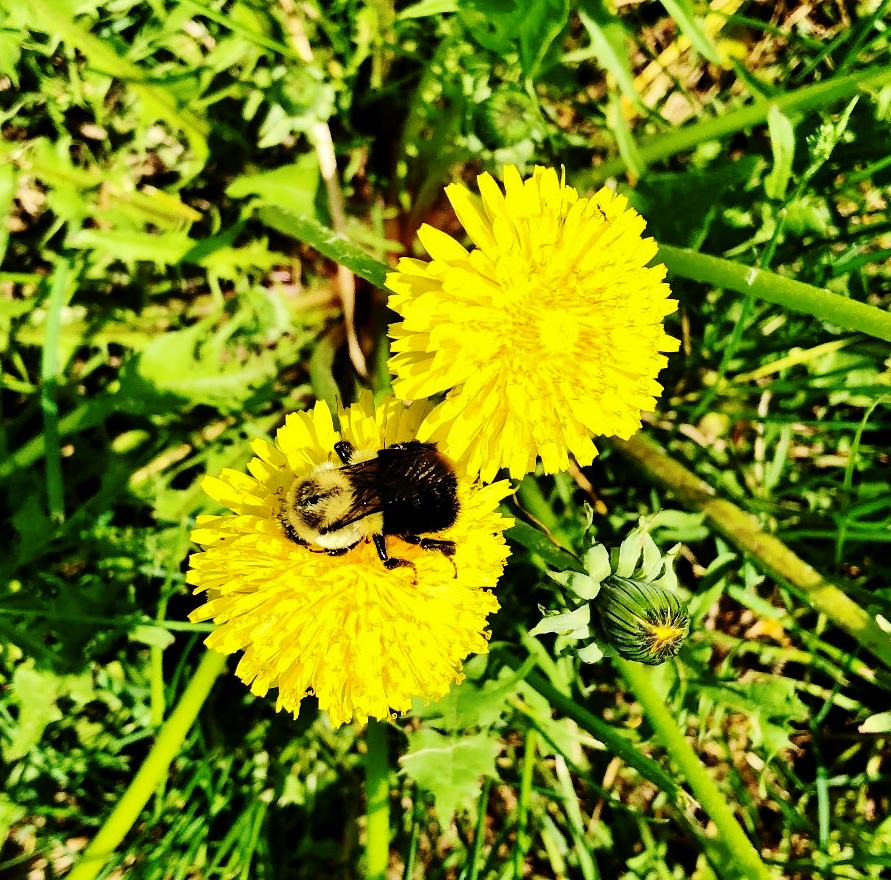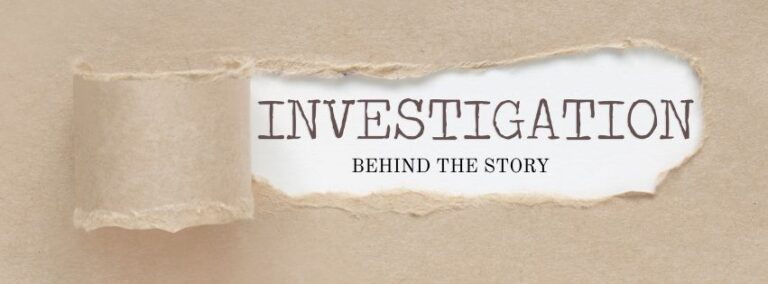Back Home by Chris Hardie
» Download this column as a Word document
» Download the photos that accompany this story
» Chris Hardie’s headshot
A sure sign of spring is yellow in the green — the annual appearance of the ubiquitous dandelion.
Considered both a flowering plant that’s completely edible and a noxious weed, the dandelion is believed to have evolved 30 million years ago in Eurasia, according to Wikipedia. It’s been used by humans for food and as an herb for thousands of years.

The name is a derivation of the French dent de lion, meaning lion’s tooth, in reference to the coarsely toothed leaves. It also goes by other names like cankerwort, doon-dead-clock, witch’s gowan, milk witch, swine’s snout and blowball, just to name a few.
One of the English folk names — as longtime humorist Dave Barry would say, “I’m not making this up,” — is piss-a-bed, which is a reference to the diuretic effect of the plant’s roots. So don’t over-imbibe before bedtime.
Many other colorful expletives have been used by homeowners obsessed with having a totally lush lawn, when the yellow weed appears in their pristine green.
Taraxacologists — those who study the genus taraxcum in which dandelions belong — continue to look at the plant’s dietary and medicinal benefits. Dandelion greens contain lots of vitamins A, C, and K; they can be eaten raw or be sautéed.
The yellow flowers can be used to make tea, or to infuse with vinegar and oil. Another use is to make them into wine. I’m a professional oenologist but I have yet to make dandelion wine. My wife, Sherry, and I sampled a few of them many years ago during a trip to the Amana Colonies in Iowa. With no disrespect intended, the wine tasted like fermented weeds and not to our liking.
I also haven’t found the time on my lengthy to-do list to harvest the substantial number of flowers needed to make a batch of wine. I’m also a little leery about a pristine source when there are dogs on the farm.
The other part of the dandelion that’s edible is the tap root, which can be roasted and used as a coffee substitute. Perhaps I can blend it with burdock root to create a super-healthy wine.
I just live with dandelions in our yard and in our fields. The pasturing animals surely don’t seem to mind. The prospect of either digging them up one at a time or using chemicals to control them is not appealing.
It’s a plant built to propagate. The blowballs or clocks – the name given to a mature seed head – contain single-seeded fruits called achenes attached to a pappus, the feathery parachute carried by the wind.
A single dandelion plant can produce as many as 20,000 viable seeds; each seed can become a plant in as little as nine weeks. I equate spring with dandelions but there can be three generations in a typical Wisconsin growing season.
Still, there might be a practical use to all those dandelions. There’s research being done that could help them save rainforests. Natural rubber trees grow in rainforest climates, which have been targets of deforestation and concerns about environmental damages.
The dandelion stem contains a form of latex. A group called American Sustainable Rubber is working on a hydroponic system to grow dandelions to harvest the latex. A similar effort is underway in Europe. Continental Tire and others have been using dandelion rubber to manufacture tires; early results are promising.
So the next time a child or grandchild puffs a blowball and spreads pappuses, don’t just think of all those plants that will grow in the lawn in a few weeks. Someday they might be tires. Don’t be mad at the kids. Join them!
Chris Hardie spent more than 30 years as a reporter, editor



